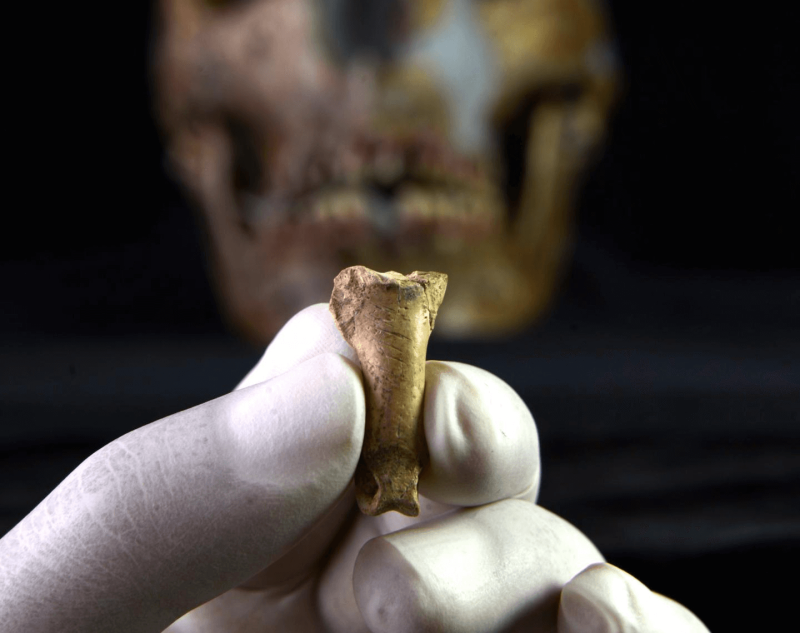Modern humans lived alongside Neanderthals for more than 1,000 years in Europe, according to research that suggests the two species may have imitated each other’s jewellery and stone tools.
Previously, it was known that humans and their ancient relatives existed at the same time on the European continent for more than 6,000 years and that the two species interbred on several occasions. But the extent of their interactions remains the focus of scientific investigation.
The latest paper suggests Homo sapiens may have coexisted with Neanderthals in France and northern Spain for 1,400-2,900 years before Neanderthals disappeared as a distinct species.
“In this region, there are a lot of similarities in the way that the two species were producing material culture and behaving,” said Igor Djakovic, a PhD student at Leiden University and first author of the analysis. “It lends credence to the idea that there was some kind of interaction going on.”
Djakovic said that the chronological analysis showed the parallel appearance of certain artefacts at sites linked to both species, including the almost simultaneous appearance of perforated mammal teeth, thought to be a form of jewellery. Sites linked to both modern humans and Neanderthals also show a shift to more standardised blade-like stone tools. “This could potentially indicate an exchange of ideas or knowledge,” said Djakovic.































